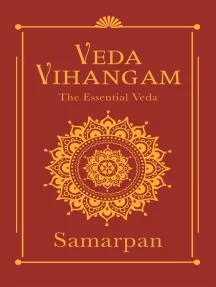BACHITTAR SINGH, BHAI (d. 1921), was a granthi (officiant) at the gurdwara in Chakk No. 85 Dalla Chanda Singhvala in Sheikhupura, in the newly colonized irrigation district in western Punjab. Nothing is known about his parentage or the date and place of his birth. He had arrived at the village in the company of a Nanga sadhu as a boy of 10 or 12 years and had stayed on in the local gurdwara. He had learnt to read Gurmukhi and the holy text from the granthi whom he replaced after the latter had left.

BIHANGAM, from Sanskrit vihang which means a bird, is a term applied to wandering ascetics who lead a life of complete detachment. A Biharigam is a celebate who lives in poverty renouncing all worldly ties and follows the path of holiness. In the Hindu tradition, he, abjuring religious dogma, worships Siva, Rama and other incarnations. Bihangams, among Sikhs, are likewise holy men who do not marry and who shun worldly ambition and temptation. The object of their devotion is the One Supreme Being.
- 1
- 2




